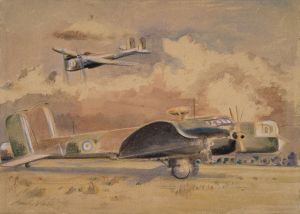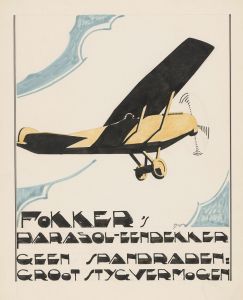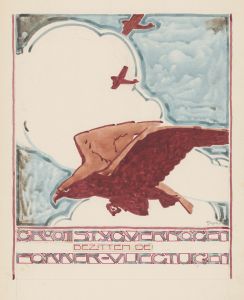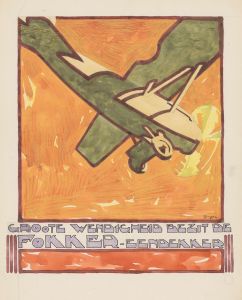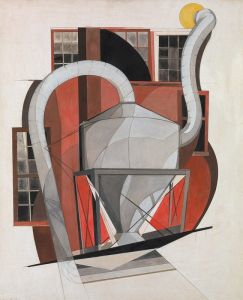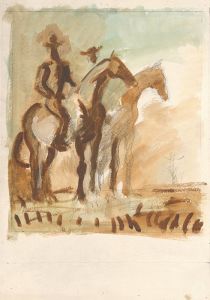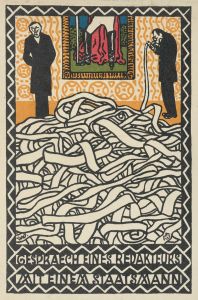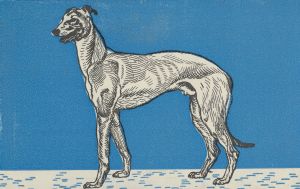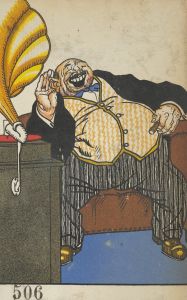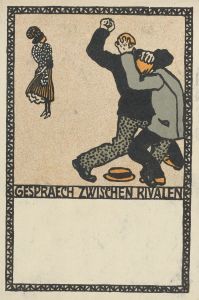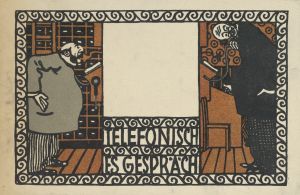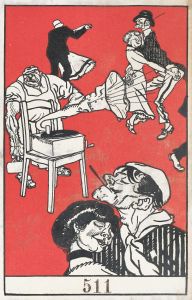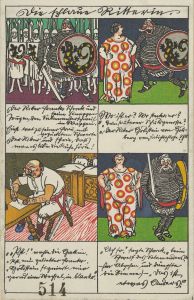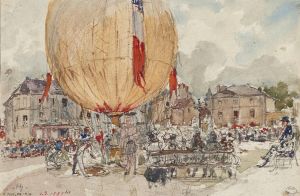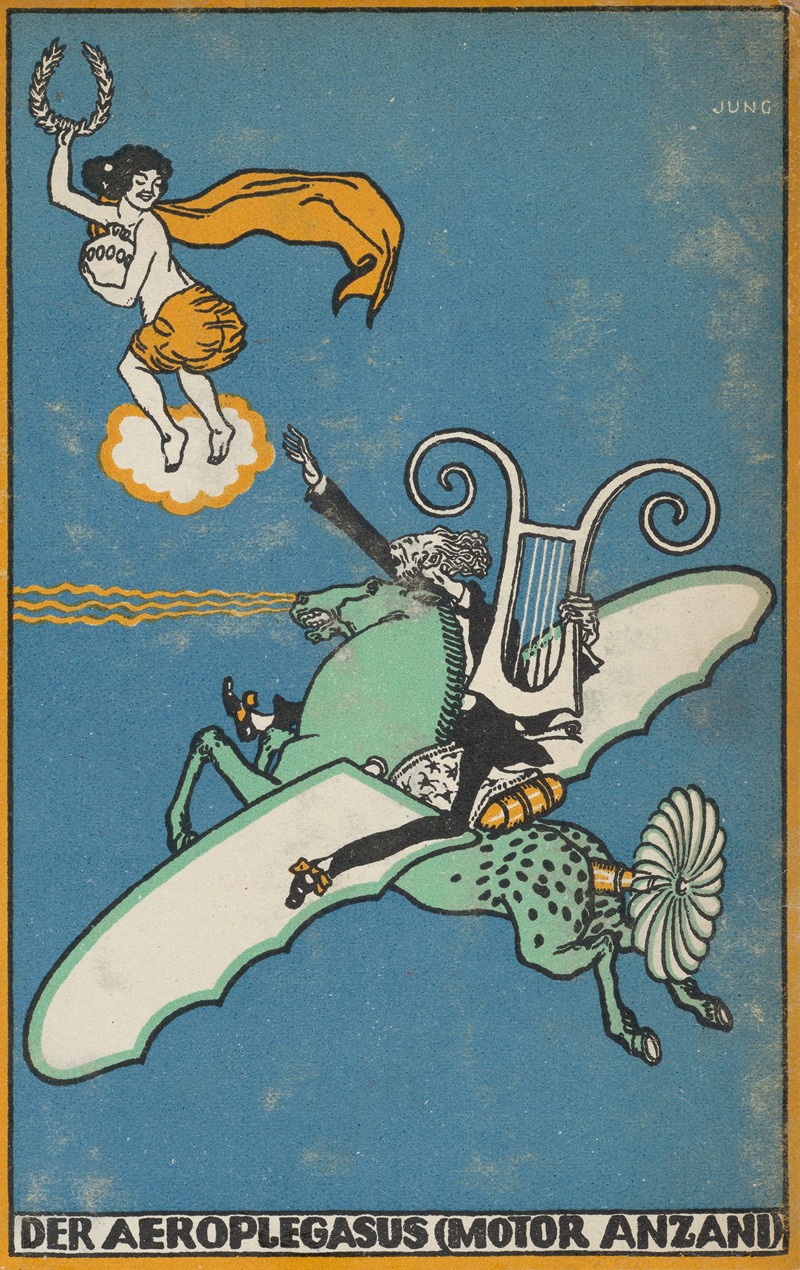
The Aeroplegasus
A hand-painted replica of Moriz Jung’s masterpiece The Aeroplegasus, meticulously crafted by professional artists to capture the true essence of the original. Each piece is created with museum-quality canvas and rare mineral pigments, carefully painted by experienced artists with delicate brushstrokes and rich, layered colors to perfectly recreate the texture of the original artwork. Unlike machine-printed reproductions, this hand-painted version brings the painting to life, infused with the artist’s emotions and skill in every stroke. Whether for personal collection or home decoration, it instantly elevates the artistic atmosphere of any space.
Moriz Jung was an Austrian artist and illustrator, known for his contributions to the Wiener Werkstätte, an association of visual artists in Vienna, Austria. One of his notable works is "The Aeroplegasus," a piece that reflects the innovative and avant-garde spirit of the early 20th century.
"The Aeroplegasus" is a striking example of Jung's unique artistic style, which often combined elements of fantasy and modernity. The artwork depicts a fantastical creature, a hybrid between a Pegasus and an airplane, symbolizing the fusion of mythological themes with contemporary technological advancements. This imaginative blend is characteristic of the period's fascination with progress and the future, as well as a nod to the burgeoning field of aviation, which was capturing the public's imagination at the time.
Jung's work with the Wiener Werkstätte placed him among a group of artists dedicated to the integration of fine and applied arts. The organization, founded in 1903 by Koloman Moser and Josef Hoffmann, aimed to bring together architects, artists, and designers to create a unified style that emphasized craftsmanship and artistic quality. Jung's contributions to the Wiener Werkstätte included not only illustrations but also designs for postcards, posters, and other graphic works, all of which showcased his distinctive approach to art.
"The Aeroplegasus" stands out for its detailed and whimsical depiction of the mythical creature. The artwork likely served as a commentary on the rapid technological advancements of the era, particularly in aviation, which was a relatively new and exciting field. The combination of a Pegasus, a symbol of freedom and imagination, with an airplane, a symbol of modern engineering and progress, captures the essence of the early 20th century's optimism and forward-looking spirit.
Moriz Jung's career was tragically cut short by his untimely death in 1915 during World War I. Despite his brief career, his work left a lasting impact on the art world, particularly through his association with the Wiener Werkstätte. His innovative designs and imaginative illustrations continue to be celebrated for their creativity and artistic significance.
"The Aeroplegasus" remains a testament to Jung's ability to blend fantasy with modernity, creating a piece that is both visually captivating and thought-provoking. It reflects the broader cultural and artistic movements of the time, which sought to reconcile the past with the present and envision a future shaped by technological advancements and artistic innovation.





